Cats have captivated humans for centuries with their mysterious behaviors and soothing purrs. While the sound of a cat purring is enjoyable, it often leaves pet owners wondering about its true purpose. In this article, we delve into the science and meaning behind this unique feline behavior.
The Mechanism of Purring
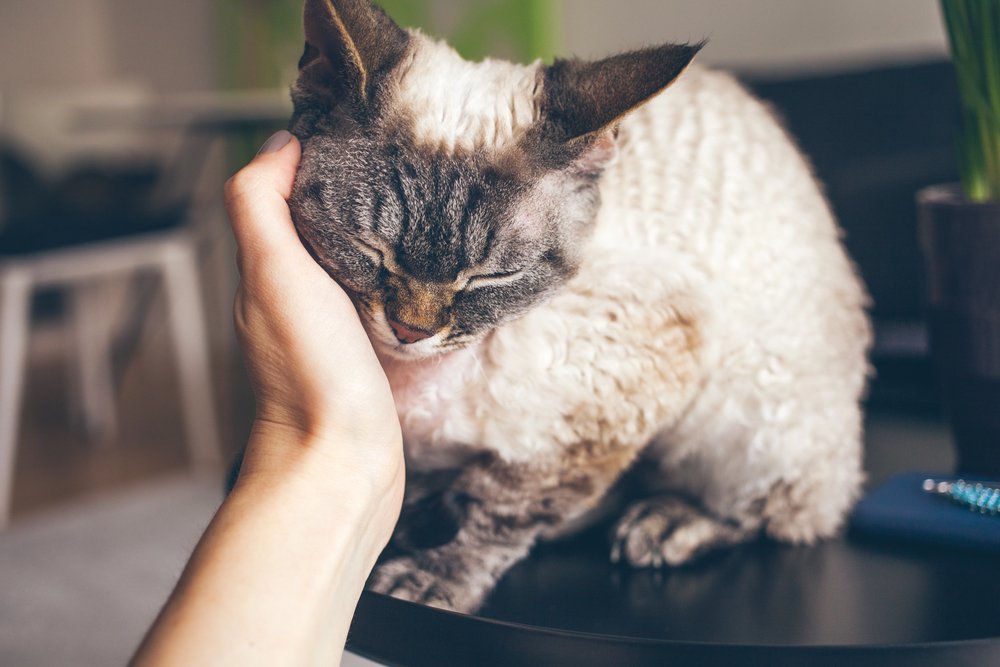
Cats produce the purring sound through the rapid contraction and relaxation of the laryngeal (voice box) muscles, which occur at a frequency of 25 to 150 Hertz. This process involves the diaphragm and results in a consistent, rhythmic sound during both inhalation and exhalation.
The Developing of Purring in Cats
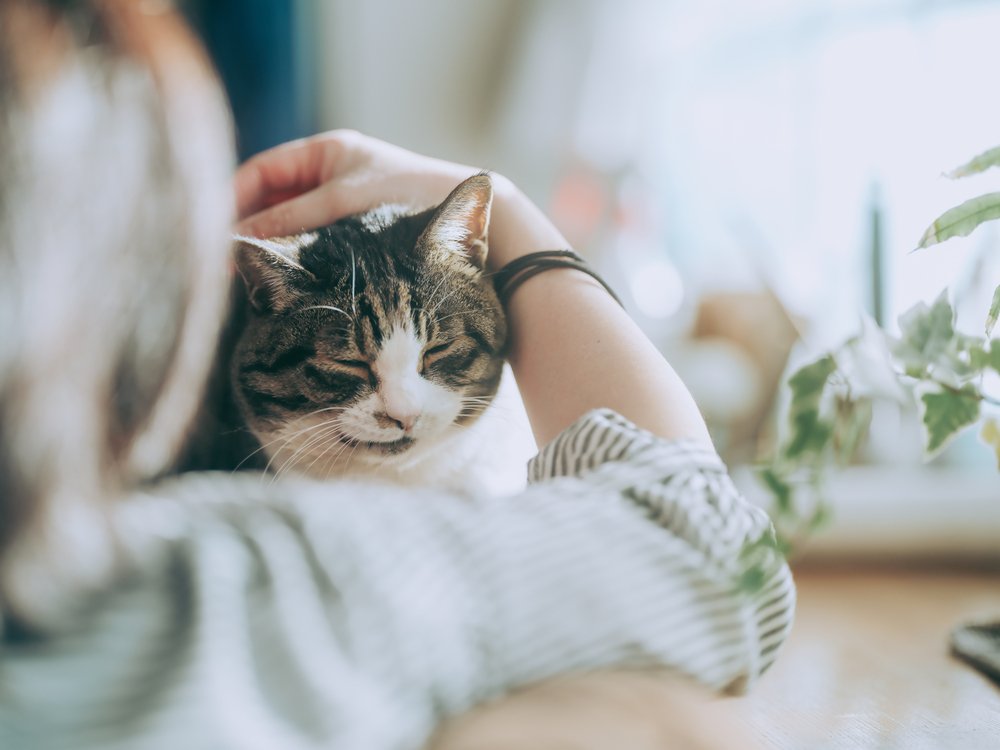
Purring begins early in a cat’s life, often within a week of birth. Kittens purr while nursing, which not only helps bond with their mother but also stimulates milk production. This behavior continues throughout their lives, serving various functions as they mature.
A Sign of Contentment
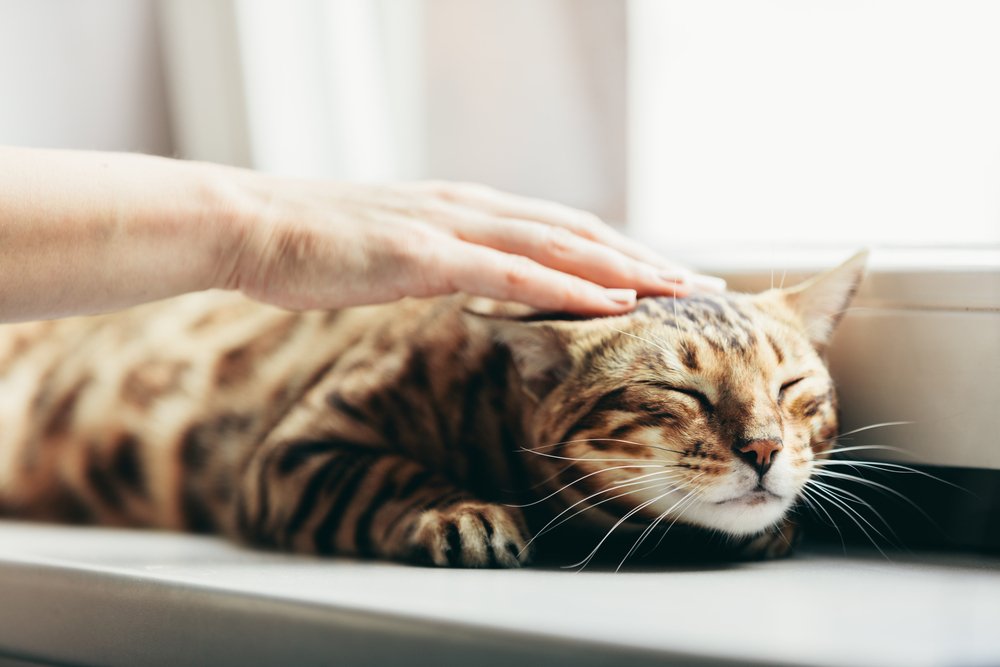
One of the most common associations with purring is a cat’s contentment. When a cat purrs while being petted or when curled up in a cozy spot, it is often interpreted as a sign of pleasure and relaxation.
Purring as a Communication Tool
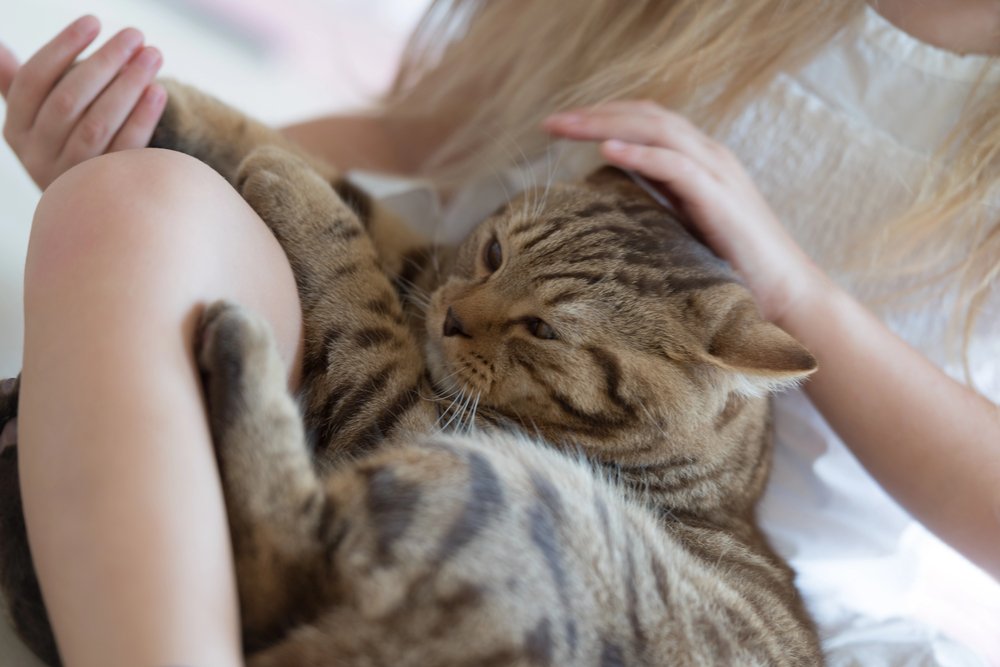
Cats use purring to communicate with their human companions and with other animals. When a cat approaches you with a purr, it might be soliciting attention, food, or simply engaging in social bonding. The purr serves as a versatile communication tool, conveying a range of messages.
Healing Properties of Purring
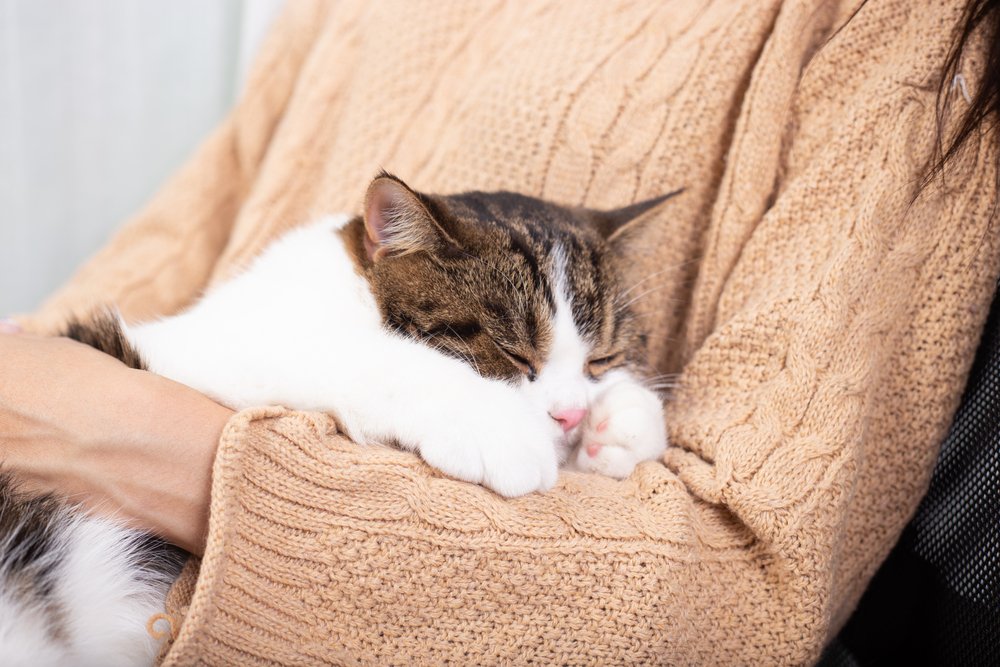
Research suggests that purring has potential health benefits for cats, promoting healing and pain relief. The vibrations from purring are thought to aid in bone regeneration, wound healing, and relief from discomfort. This self-healing mechanism makes purring a beneficial behavior for cats.
Purring and Anxiety Reduction

Purring is also thought to help cats self-soothe during stressful situations. Just as humans may hum or sing to calm themselves, cats might purr to reduce anxiety and promote a sense of security in unfamiliar or stressful environments.
Not Always a Positive Indicator
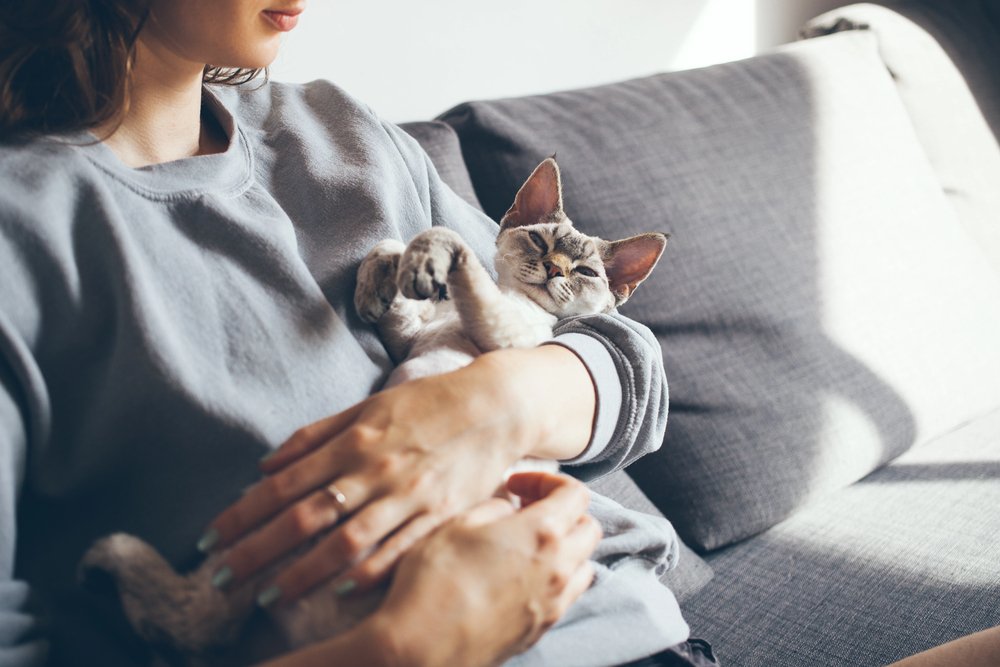
Contrary to popular belief, purring does not always signal a happy cat. Cats may also purr when they are in pain, scared, or even close to death. Understanding the context and accompanying body language is essential to accurately interpret a cat’s purring.
The Hypothesis of Evolutionary Advantage
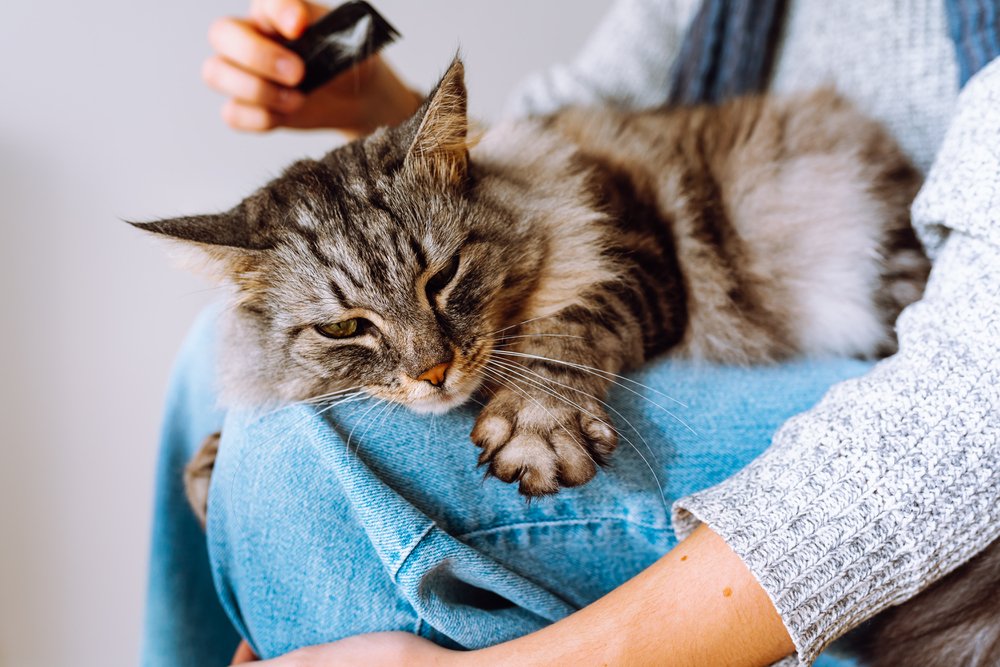
Some researchers propose that purring offers evolutionary benefits by helping cats heal faster and maintain overall well-being. This, in turn, may increase their chances of survival in the wild, suggesting that purring provides a tangible biological advantage.
Differences in Purring Among Cat Breeds
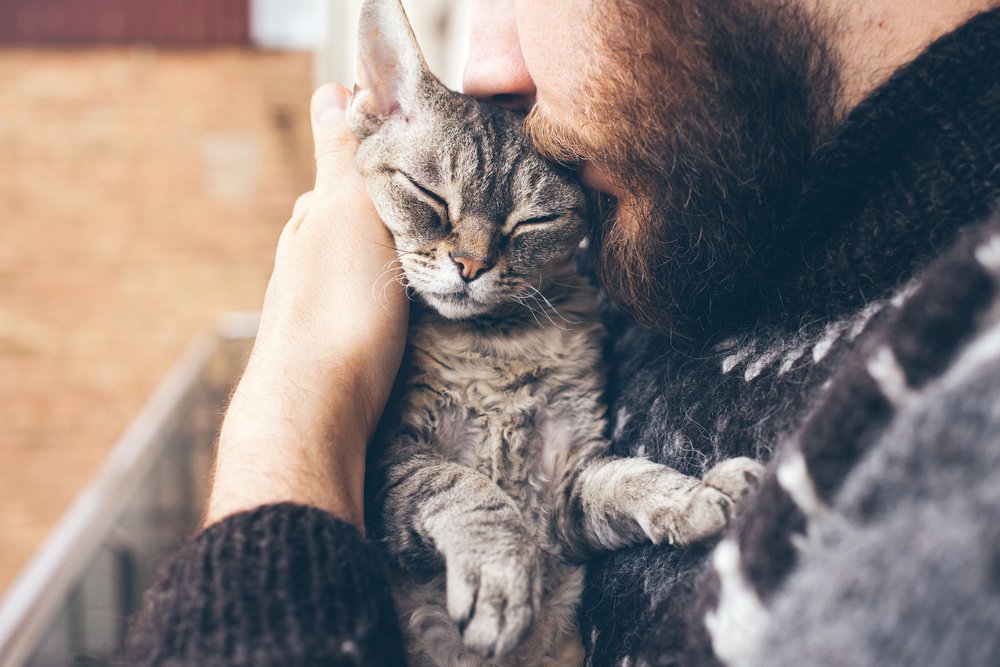
Interestingly, not all cats purr alike. Some breeds are more vocal and purr more frequently, while others are quieter. These variations can depend on genetics, upbringing, and individual temperament, making each cat’s purr unique.
The Multifaceted Purr
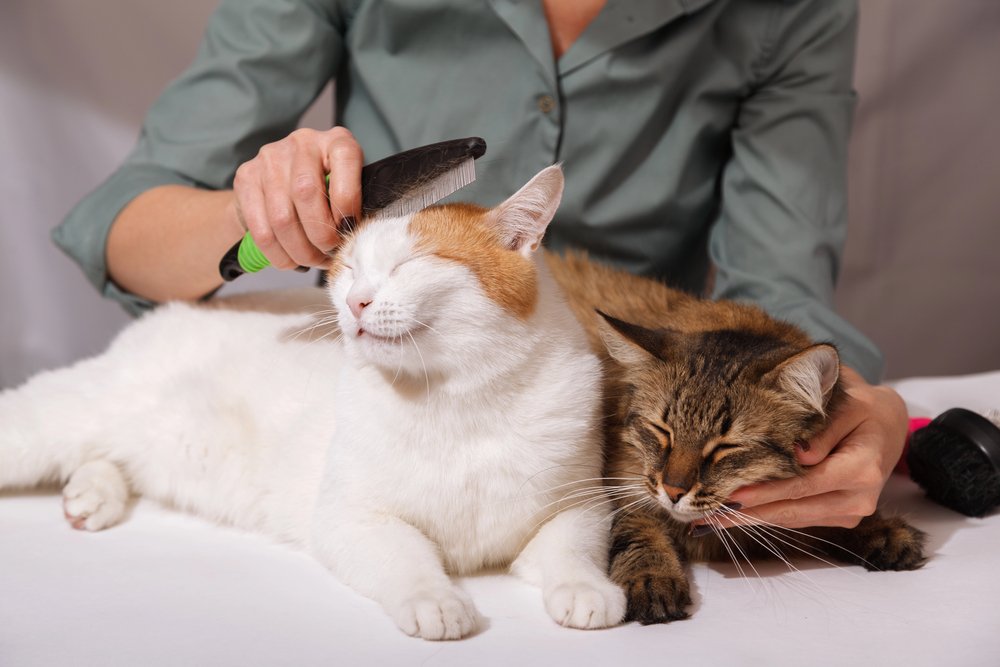
While we may not have entirely unraveled the mysteries of why cats purr, it is clear that this behavior plays a multifaceted role in their lives. From communicating emotions and needs to aiding in self-healing, purring is a complex and beneficial behavior. As we continue to learn more about cats and their curious habits, our appreciation for their purring will only grow deeper.

Esther is from India; the heartbeat of South Asia, holding a Master’s degree in Zoology and a postgraduate diploma in Animal Welfare. Her enthusiasm for animal welfare drives her passion and dedication to work for animals, ensuring their well-being and advocating for their rights. With a solid academic background and hands-on experience, she is committed to making a positive impact in the field of animal welfare. In her free time, she enjoys embroidery and sewing. As a Chennaite from Tamil Nadu, Esther loves Bharathanatyam, an Indian classical dance form.






